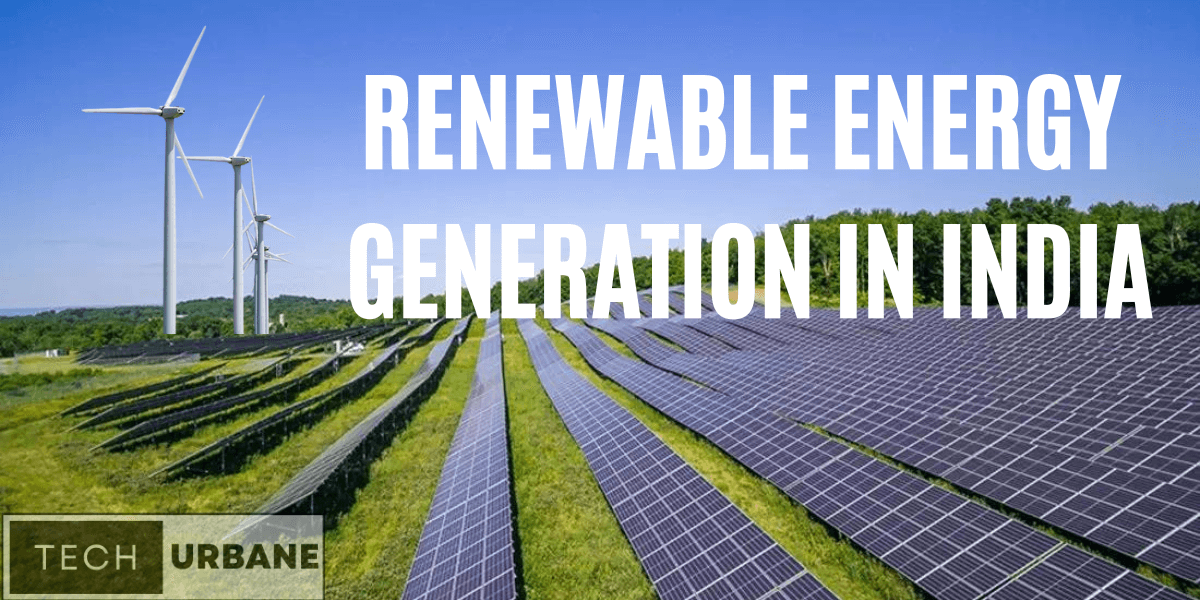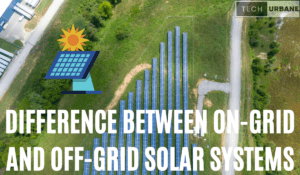Today India is the third-largest producer of renewable energy in the World. The percentage of Renewable Energy in India on December 2022 is approx 40% of its total installed electricity capacity coming from non-fossil fuel and is growing at a rapid pace.
Let’s discuss the percentage share of renewable energy generated by different types of sources in India and also will check how much percentage they contribute individually to the total generated renewable energy in India.
Renewable Energy Generation in India
In November 2021, India had a renewable energy capacity of 150 GW consisting of solar (48.55 GW), wind (40.03 GW), small hydropower (4.83 GW), bio-mass (10.62 GW), large hydro (46.51 GW), and nuclear (6.78 GW).


India has also set a target of producing 175 GW by 2022 and 500 GW by 2030 from renewable energy. As of July 2022, India’s installed renewable energy capacity (including hydro) stood at 161.28 GW, representing 39.91% of the overall installed power capacity.
The country is targeting about 450 Gigawatt (GW) of installed renewable energy capacity by 2030 – about 280 GW (over 60%) is expected from solar.
Government Initiatives for renewable energy
India initiated the International Solar Alliance (ISA), an alliance of 121 countries. India was the world’s first country to set up a ministry of non-conventional energy resources (Ministry of New and Renewable Energy (MNRE) in the early 1980s). Solar Energy Corporation of India (SECI), a public sector undertaking, is responsible for the development of the solar energy industry in India. Hydroelectricity is administered separately by the Ministry of Power and is not included in MNRE targets.
India has set a target to reduce the carbon intensity of the nation’s economy by less than 45% by the end of the decade, achieve 50% cumulative electric power installed by 2030, and achieve net-zero carbon emissions by 2070. Low-carbon technologies could create a market worth up to $80 bn in India by 2030.
- 59 solar parks with an aggregate capacity of 40 GW have been approved in India
- Solar Parks in Pavagada (2 GW), Kurnool (1 GW), and Bhadla-II (648 MW) are included in the top 5 operational solar parks of 7 GW capacity in the country
- The world’s largest renewable energy park of 30 GW capacity solar-wind hybrid project is under installation in Gujarat
- India offers a great opportunity for investments in the RE sector; $196.98 bn worth of projects underway in India
- Wind Energy has an off-shore target of 30 GW by 2030 with 3 potential sites identified
On 12 August 2021, India’s grid-connected electricity generation capacity reached 100 GW from non-conventional renewable technologies[43][129] and 46.21 GW from conventional renewable power or major hydroelectric power plants
Big contributors to renewable energy in India
1) Rajasthan is one of India’s most solar-developed states, with its total photovoltaic capacity reaching 2289 MW by end of June 2018. Rajasthan is also home to the world’s largest Fresnel type 125 MW CSP plant at the Dhirubhai Ambani Solar Park. Jodhpur district leads the state with an installed capacity of over 1,500 MW, followed by Jaisalmer and Bikaner.
The Bhadla Solar Park, with a total installed capacity of 2,245 MW, is the biggest plant in the world as of March 2020.


2) Tamil Nadu is a leader in Wind Power in India. The largest capacity wind turbine of 4.2 MW is installed in Tamil Nadu state as of October 2022. In Muppandal windfarm, the total capacity is 1500 MW with nearly 3000 wind turbines, the largest wind power plant in India. The total wind installed capacity in Tamil Nadu is 7633 MW.


3) India is 5th globally for installed hydroelectric power capacity. As of 31 March 2020, India’s installed utility-scale hydroelectric capacity was 46,000 MW or 12.3% of its total utility power generation capacity. Additional smaller hydroelectric power units with a total capacity of 4,683 MW (1.3% of its total utility power generation capacity) have been installed. India’s hydroelectric power potential is estimated at 148,700 MW at a 60% load factor. In the fiscal year 2019–20, the total hydroelectric power generated in India was 156 TWh (excluding small hydro) with an average capacity factor of 38.71%.
The Koyna Hydroelectric Project is the largest hydroelectric power plant in India, just after Tehri Dam Project. It is a complex project with four dams including the largest dam on the Koyna River, Maharashtra hence the name Koyna Hydroelectric Project.


Information on the percentage of renewable energy in India is gathered mostly from Wikipedia sources https://en.wikipedia.org/wiki/Renewable_energy_in_India




